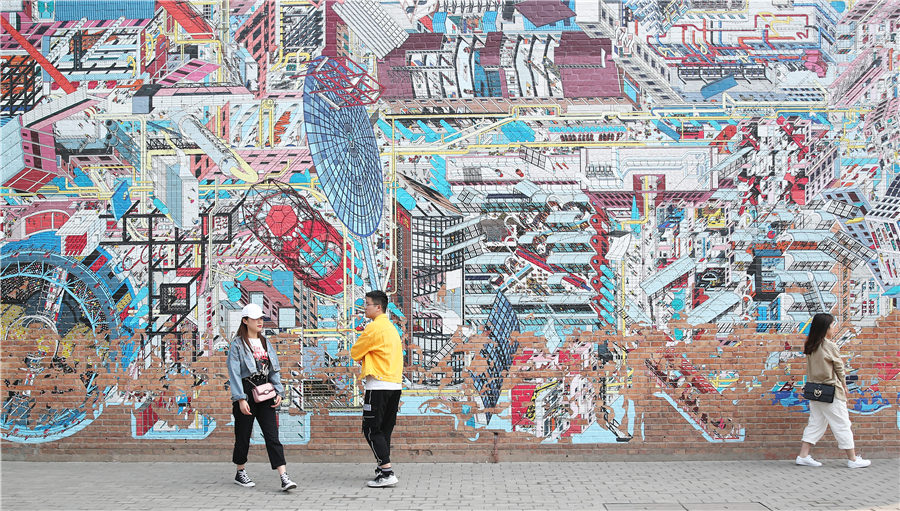Beacon of Chinese contemporary art


The zone "started out as a place where artists in Beijing could get access to affordable studio and display spaces that had previously been used to house industry ... 798's status as an international art hub came about largely as a matter of happenstance and location rather than careful long-term planning", said Paul Gladston, professor of contemporary art at the University of New South Wales in Sydney, Australia.
"It has though spawned numerous government and privately supported art districts across China that, among other things, support urban development and the development of cultural industries ...The symbolic significance of 798 as a conspicuous marker of China's renewed cultural openness nevertheless remains," Gladston said.
Since it first gained prominence for its community of artists in the early 2000s, the 798 Art Zone in the Dashanzi area of Chaoyang district has grown to cover nearly 300,000 square meters, including more than 500 art studios, galleries, institutions and other related establishments from 25 countries and regions, according to the local administrative committee.
The increasing commercialization of the zone, with its restaurants, cafes, bookshops and retail outlets, has also helped make it one of the top attractions in the city.


















